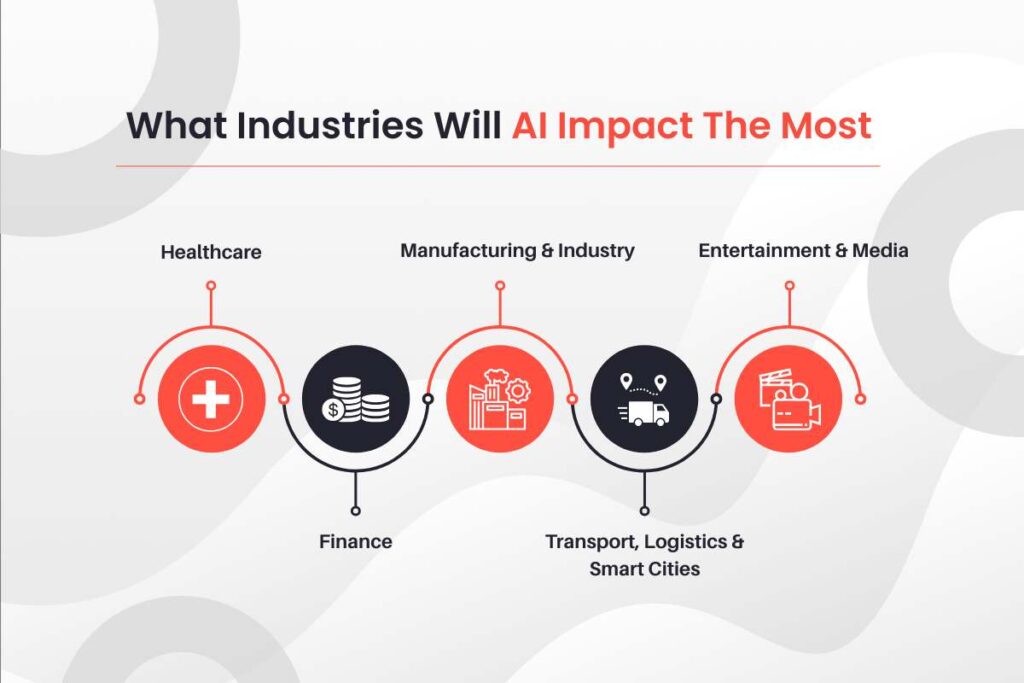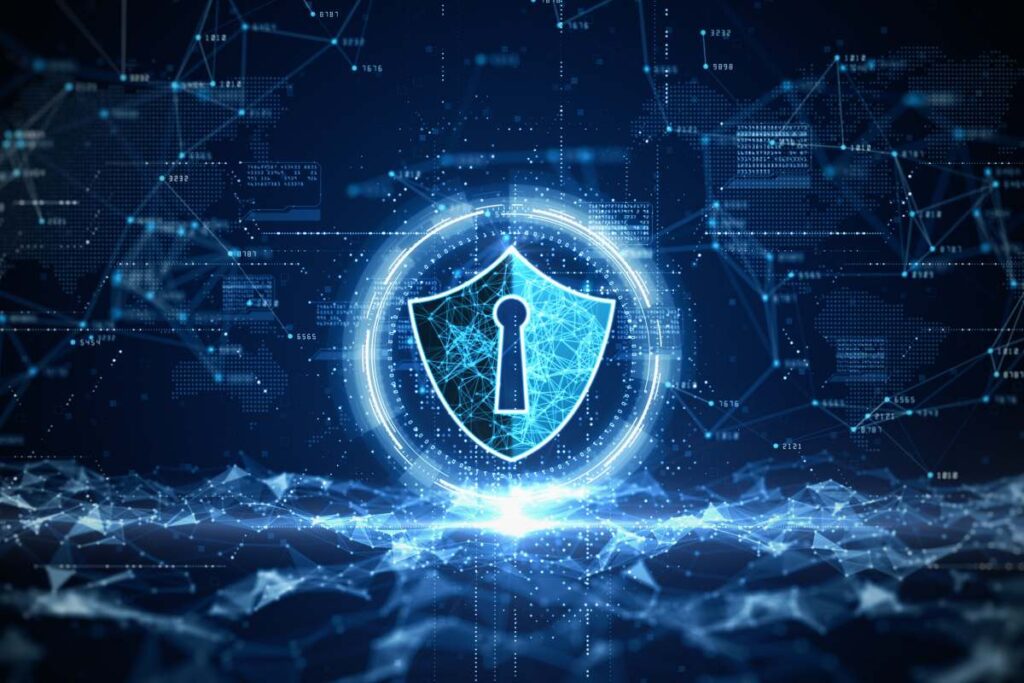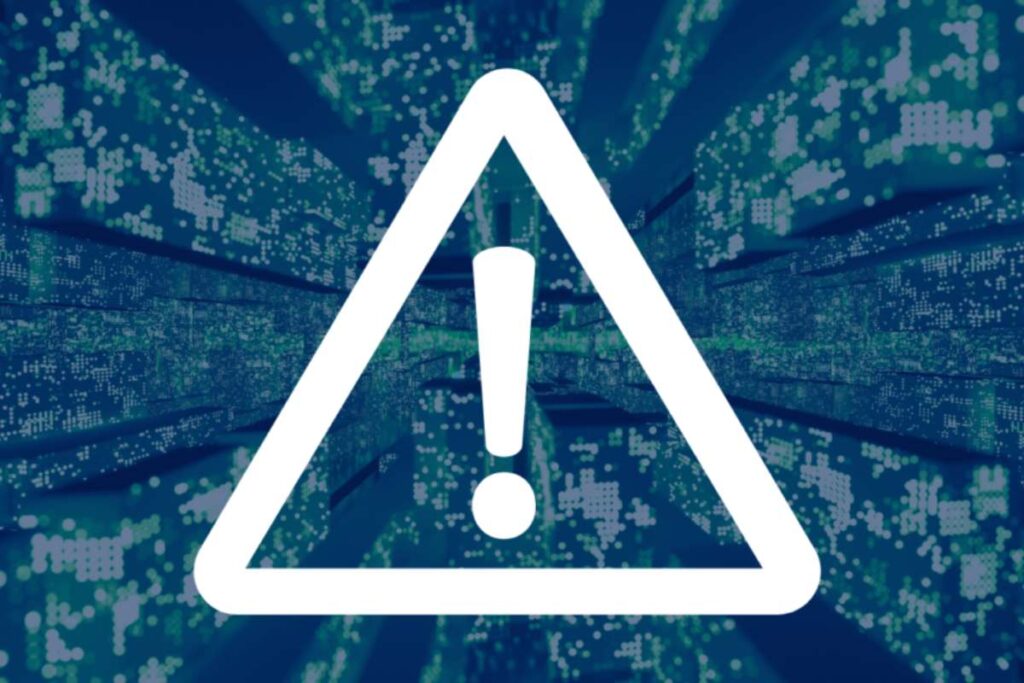
- Source: thefusioneer.com
With each new day, we’re moving a step forward into the future. The innovations in the field of artificial intelligence are constantly shaping the future of humanity. Turing’s predictions about thinking machines in the 1950s set up the main ideas for how artificial intelligence (AI) would develop later. AI has already become the driving technology across various industries like healthcare, data analytics, robotics, and IoT.
According to an IBM survey from 2023, many large businesses are already using or considering Artificial Intelligence (AI). Specifically, 42% of big companies have brought AI into their daily work, and another 40% are considering it. Regarding generative AI (AI that can create new content), 38% of organizations have already started using it in their workflows, with 42% planning to do so.
With so many changes happening rapidly, it is clear that AI is a great breakthrough technology of our time. So, what will the future of AI be? This article will show what lies ahead over the next ten years.
The Evolution of AI: A Brief History
AI began as simple rule-based programs decades ago. We’d write if-this-then-that rules, brittle yet limited. Then machine learning arrived, teaching programs to learn patterns from data. A computer that studies tens of thousands of chest X‑rays and then spots illness faster than many doctors.
When deep learning emerged, neural networks could match human speech, vision, and even gaming levels. Then came generative AI tools that write stories, compose music, or mock-up designs after just a prompt. From hard-coded rules to creative collaboration, that’s how The Future of AI began.
The Future of AI: What Will Be The Next 10 Years
Looking ahead to 2035, AI is expected to become a part of daily life and work. IBM and McKinsey forecast a shift toward powerful and efficient models in the cloud or on your phone. Forbes outlines five big predictions by 2030: more intelligent automation, rapid drug discovery, smarter cities, next-gen creative tools, and personalized education tools.
Tech leaders like Demis Hassabis expect medical breakthroughs, potentially curing diseases in the next decade. However, Bill Gates warns that by 2035, AI could replace doctors and teachers in many routine roles. Pew Research finds experts are more positive than the general public, with over 50 % expecting AI to significantly improve healthcare, education, and jobs over the next 20 years. The Future of AI in the next ten years will be about making AI more compact, accessible, powerful, and woven into everything we do.
What Industries Will AI Impact The Most

✦ Healthcare
AI is already a trusted assistant in diagnosing diseases. Tools powered by deep learning can scan X-rays, MRIs, and retinal images to address issues faster than many humans. For example, models trained to detect diabetic retinopathy are now FDA-approved and used in clinics worldwide.
In drug discovery, AI predicts protein behavior, helping scientists develop treatments faster. Hospitals use AI for early-warning systems, alerting staff when a patient’s vitals shift unexpectedly. According to recent data, while startups in AI health raised less than before, investment continues strongly, particularly in diagnostics and streamlined care.
✦ Finance
Banks have long used AI to spot suspicious activities, flagging fraudulent charges before damage is done. It’s also used in credit scoring and loan underwriting, assessing risk using purchasing behavior or transaction history, even for people lacking traditional credit. On the insurance side, AI helps process claims faster and more accurately, while investment firms use it to detect market sentiment and guide algorithmic trading.
✦ Manufacturing & Industry
In smart factories, sensor‑equipped machines run maintenance checks on themselves, catching wear and tear before breakdowns happen, saving time and money.
Quality control uses computer vision to spot defects faster than human eyes. Customized manufacturing, like 3D‑printing personalized prosthetics or auto parts, is becoming more precise and scalable.
By the end of this decade, AI‑driven robotics and logistics may handle much of the supply chain and production planning. The Future of AI in factories means faster production, less waste, and safer workplaces.
✦ Transport, Logistics & Smart Cities
AI guides routing for ride-sharing, logistics companies, and delivery drones. Bright traffic lights react to congestion, making commutes smoother.
Companies aim for fully autonomous trucks or delivery drones that work together, bringing groceries, medicines, or packages while humans stay out of harm’s way. In cities, AI manages energy use, pollution, and transport flows, helping make urban life more efficient and eco‑friendly.
By 2030, thoughtful city planning powered by AI could reduce travel time by up to 20%, significantly boosting productivity and quality of life.
✦ Entertainment & Media
AI is becoming a creative partner. Tools like DALL‑E, Midjourney, and Runway help filmmakers and artists imagine visuals and scenes, speeding up ideation.
Streaming platforms recommend shows based on your mood, viewing history, or even the weather. Shortly, movies tweak endings to suit your emotional reactions, and video games could instantly shift storylines based on your choices.
Studios are even exploring virtual actors and AI-generated personas that talk or express yet still feel authentic to viewers. The Future of AI in entertainment is about personalized, responsive media that adapts to us.
Risks/ Setbacks
1. Bias and Discrimination
AI learns from past human decisions. If those are biased, such as recommending jobs only to specific groups, AI will repeat them. That’s happened already: some hiring tools favored one gender over another. In the Future of AI, we must build systems that identify and correct bias, not silently magnify it.
2. Job Displacement and Economic Disruption
Yes, AI will take over routine tasks. As a result, truck drivers, data entry clerks, and even some legal assistants might find their roles vanish. Yet, new roles will emerge, like AI ethicists, data storytellers, and human-AI trainers. Still, the transition will be bumpy. Communities and workers need retraining, safety nets, and clear paths to relevant new careers.
3. Privacy and Surveillance Overreach
Smart homes and AI assistants learn habits, what time you sleep, who visits, and even your tone of voice. That data could be sold, leaked, or misused in unregulated systems. In The Future of AI, we risk giving surveillance-capable tools to governments or companies without clear boundaries or consent.
4. Safety Vulnerabilities

5. Ethical and Accountability Gaps
If an AI wrongly denies a loan or misdiagnoses a patient, who takes the blame? The designer? The company? Identifying responsibility is a rising challenge. The Future of AI needs clear rules: explainable decisions, audit trails, and built-in oversight so humans remain in control.
6. Arms and Autonomous Weaponry
Emerging tech might let drones or robots act with little human direction. Some countries are racing ahead without global agreements or transparency. If poorly controlled, this could trigger instability, conflict, or misuse of lethal force.
7. Needless Concentration of Power
Big tech controls many robust AI systems. That means algorithmic influence on what news you see or don’t see, how you hear about politics, and even what prices or job options you’re shown. Without decentralization, the wealth of knowledge remains locked behind a few voices, amplifying existing inequalities.
8. Existential Risk from Superintelligence

Conclusion
The Future of AI promises more competent health care, engaging entertainment, intelligent cities, and creative breakthroughs. However, it also brings challenges, from unfair algorithms and lost jobs to surveillance and safety risks.
Addressing these demands requires new work: trusted systems that earn public confidence, laws that protect fairness and privacy, training programs for evolving job markets, and watchdogs to prevent misuse.